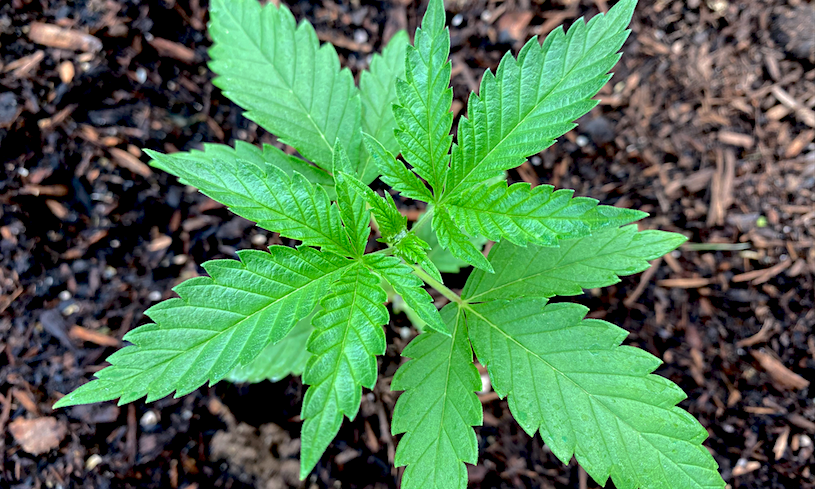States that legalized medical marijuana saw a nearly 20 percent drop in the number of children entering foster care due to parental drug misuse after three years of the reform, a new study found. Legalizing for adult use, meanwhile, was not associated with any statistically significant change in foster care entries.
Researchers at Georgia College and State University set out to learn whether legalization would “lessen stigma, permit proper use, and reduce the chance that a child will be removed” or, conversely, if foster care cases would increase due to expanded access to legal cannabis.
The study looked at national data involving 3.4 million foster care cases from 2007 to 2019. Using difference-in-differences analyses, researchers examined rate changes in foster case placements related to drug misuse, comparing states that enacted legalization to those that maintained prohibition. They controlled for factors such as state unemployment rate and per capita income.
“Our estimates suggest that when states permitted recreational marijuana use, there was no corresponding change in the number of foster care entries related to parental or teenage drug abuse relative to control states,” the study says.
But for states that legalize medical cannabis, there was a discernible shift. In the first two years of implementation, states saw an average eight percent to 10 percent decrease in foster care cases connected to drug misuse. By the third year, cases dropped 18 percent, which amounted to “approximately 700 fewer entries to foster care [that] were related to parental drug abuse when a state legalized medical marijuana.”
That’s an especially important finding given that 90 percent of foster case entries due to drug misuse happen in states where medical cannabis is legal, says the study, which is pending peer review. Drug misuse is the second most common reason that a child is placed into foster care.
The study also compared states that have restrictive versus comprehensive medical cannabis programs, but researchers said they are “hesitant to draw conclusions” about the differences because of conflicting data using two analytic models.
For limited medical marijuana states, there was a “sizable decrease” in foster care drug misuse cases in the third and fourth year after implementation based on one difference-in-difference model, but that effect was less pronounced in the other model.
States with less restrictive medical cannabis legalization laws, in contrast, showed a “statistically and economically significant decrease in the number of entries” in one model, but data from the other model was less clear.
“Our findings suggest that states which legalized medical marijuana experienced a decrease in parental drug abuse-related entries into foster care in the initial years following the legalization compared to states that did not legalize medical marijuana,” the study says. “Estimates exploiting variation in state-level limitations on medical marijuana are mixed.”
“The only states that have legalized the recreational use of marijuana are those that have also legalized its medical use, so it’s unclear if this decrease in entries related to medical legalization is a culture effect—marijuana is now somewhat legally accepted and not necessarily an immediate suspicion when investigating claims of child maltreatment—or a medicinal effect—marijuana may now be consumed legally and is perhaps less likely to be abused,” it continues. “We suspect both effects may be at play.”
While the study didn’t identify a meaningful link between adult-use legalization and foster care drug misuse cases, a separate study published last year did. In fact, researchers at the University of Mississippi found that recreational legalization was associated with at least a 10 percent decrease in foster care admissions on average, including reductions in placements due to physical abuse, neglect, parental incarceration and misuse of alcohol and other drugs.
Former Trump Drug Czar Says Top Federal Officials Stopped FDA From Scheduling Kratom Amid Concern About Agency’s ‘Bias’
Read the full article here









